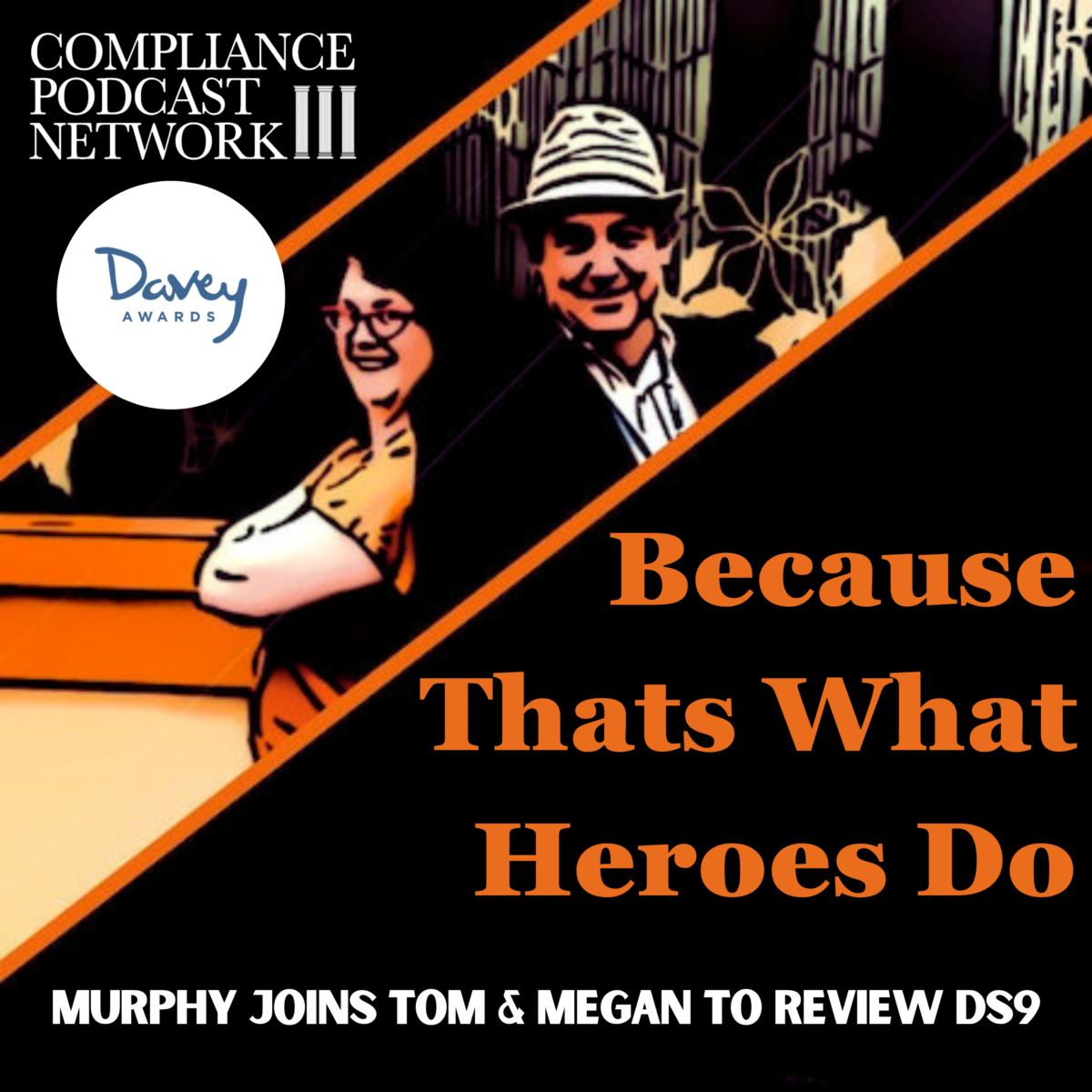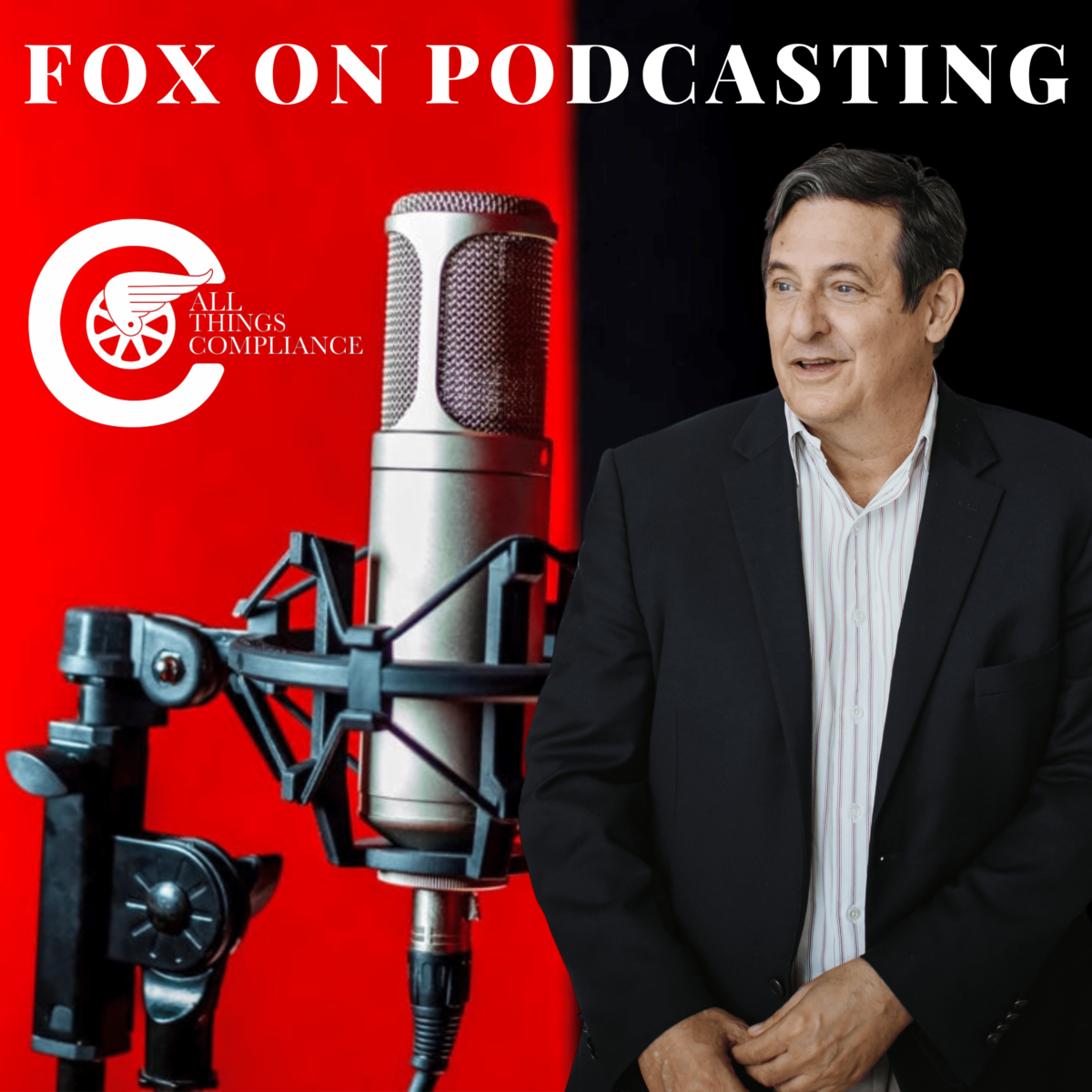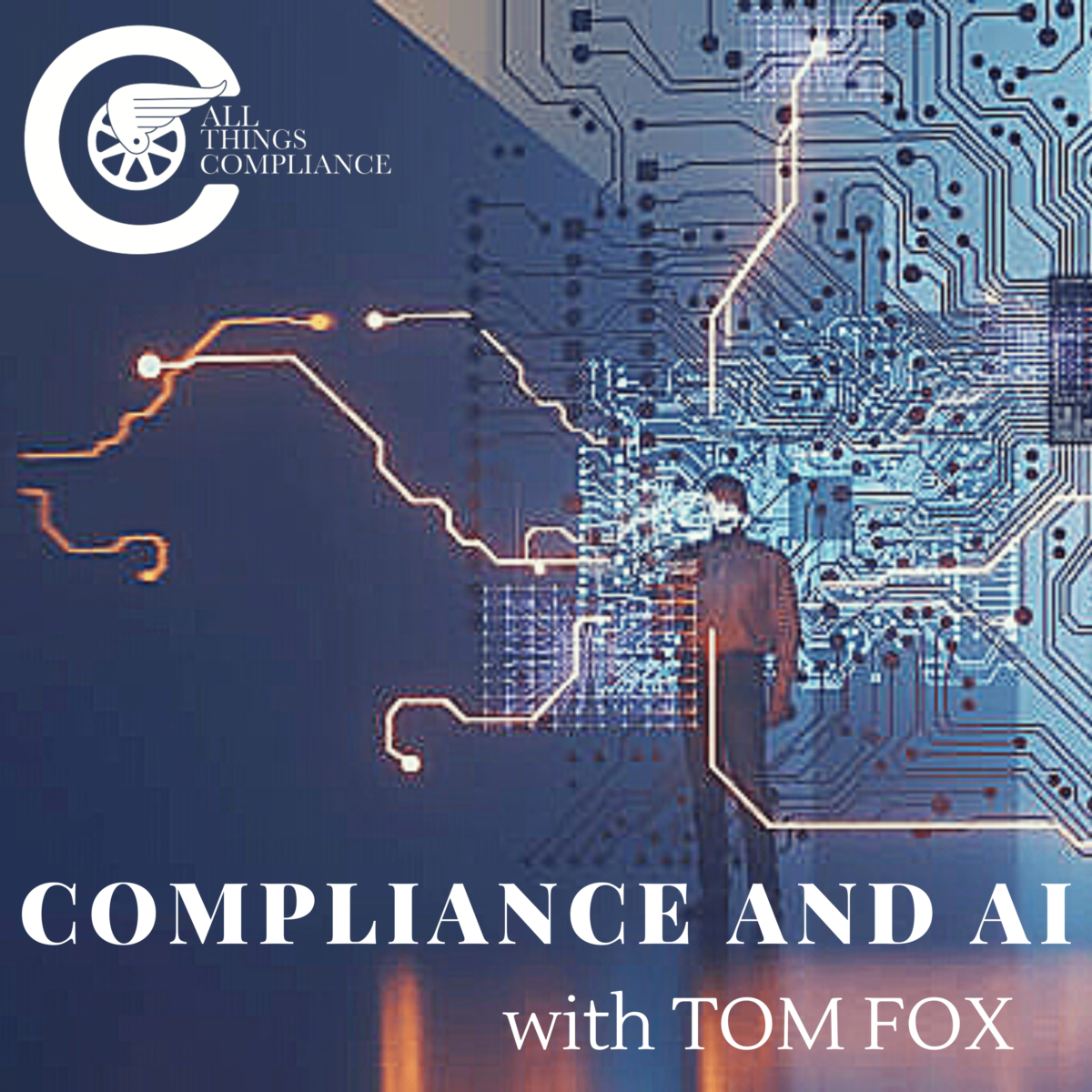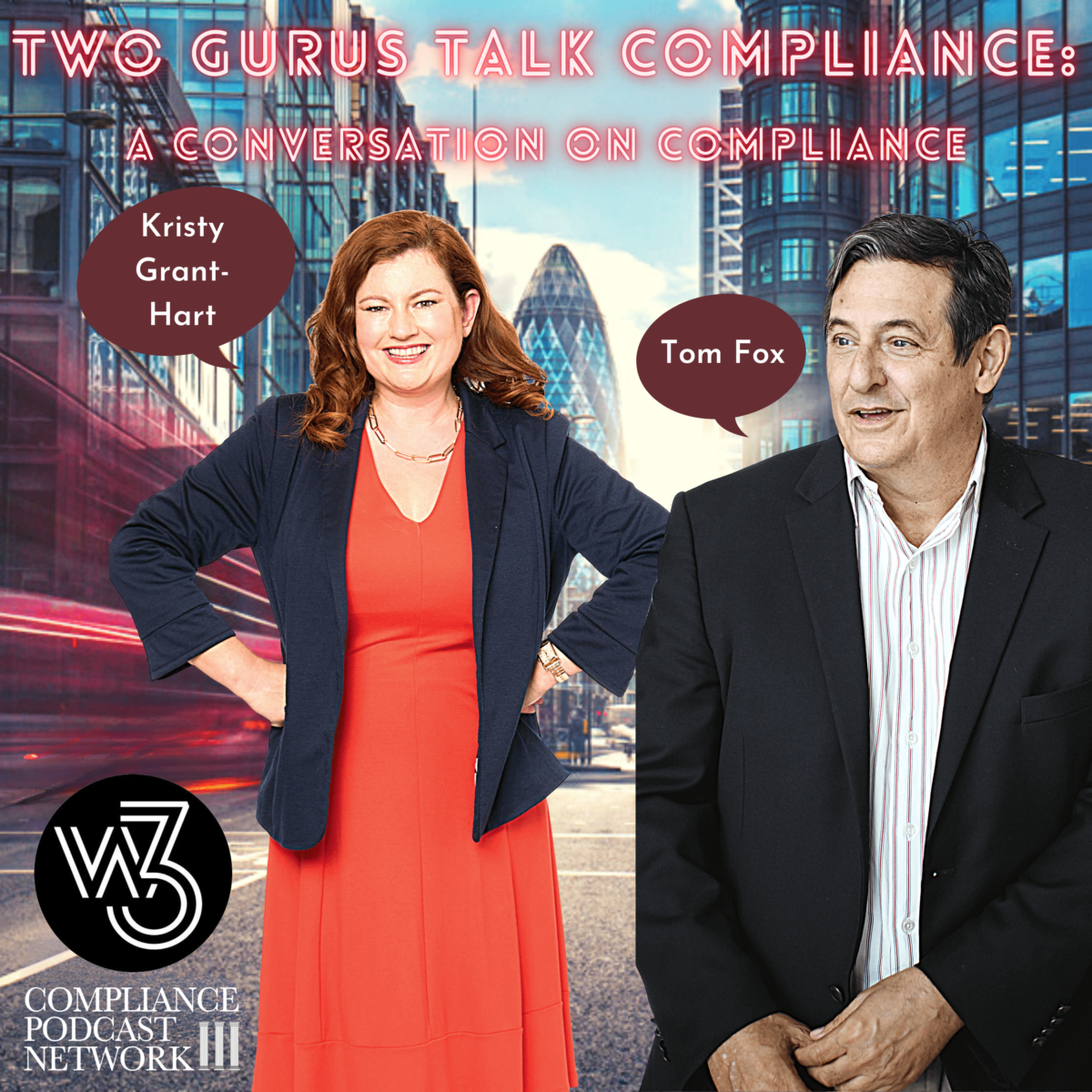The Bre-X mining scandal of the 1990s is one of history’s most infamous corporate fraud cases. Bre-X Minerals Ltd., a small Canadian company, falsely reported one of the largest gold deposits ever discovered in Indonesia, leading to massive financial losses for investors when the fraud was uncovered. In the wake of this scandal, regulatory bodies worldwide, particularly in Canada, took significant steps to prevent similar incidents in the future. Let’s dive into the legal and regulatory responses that followed this scandal and how they reshaped the global mining industry.
Canada’s Legal and Regulatory Responses
Canada, where Bre-X was listed and headquartered, swiftly addressed the regulatory gaps that had allowed such a monumental fraud to go unchecked. The changes that followed were far-reaching, affecting securities regulations, corporate governance, and the overall integrity of the mining industry.
The development of National Instrument 43-101 (NI 43-101) and its introduction by the Canadian Securities Administrators (CSA) in 2001 were two of the most significant responses to the Bre-X scandal. This regulatory framework became the gold standard for mining companies reporting on mineral projects.
Before NI 43-101, mining companies could publish mineral resource estimates without independent verification. The new regulation required technical reports or public disclosures about a mineral project to be prepared or verified by a “Qualified Person” (QP)—a professional geoscientist or engineer with the necessary credentials and experience. The QP is held accountable for the accuracy of the data, adding a new layer of responsibility and expertise to public filings.
NI 43-101 introduced strict disclosure requirements, mandating that companies provide detailed geological data, including resource estimates, mineral reserves, and other pertinent information. This transparency is essential in preventing the vague or inflated claims that Bre-X had made.
A critical element of NI 43-101 is the requirement for independent verification of mineral reserves and resources. External experts now play a key role in assessing the validity of these claims, reducing the chance of fraudulent reporting by companies.
Enhanced Oversight and Enforcement
The Bre-X scandal also led to increased scrutiny by Canadian securities regulators. The Ontario Securities Commission (OSC), alongside other provincial bodies, stepped up enforcement actions in several key areas:
Mining Industry Scrutiny: Regulators increased their oversight of mining companies, focusing on ensuring the accuracy of their technical reports and verifying the credentials of those preparing them. This shift toward more rigorous review processes helped restore confidence in the sector.
Insider Trading and Fraud Investigations: Bre-X did not result in major criminal prosecutions, but the scandal prompted a renewed focus on insider trading and securities fraud investigations. Provincial regulators became more proactive in identifying and prosecuting corporate fraud, leading to a more vigilant marketplace.
Corporate Governance Reforms
The Bre-X scandal highlighted glaring weaknesses in corporate governance, particularly in speculative industries like mining. As a result, Canadian regulators and companies alike sought to improve internal controls and accountability within the boardroom:
Companies were encouraged to implement stronger internal controls and risk management practices, especially regarding financial and geological reporting.
Board oversight became a central focus, with increased emphasis on independent directors and robust corporate governance frameworks to monitor management activities and ensure greater transparency.
International Responses to the Bre-X Scandal
The ripple effects of Bre-X extended far beyond Canada. As the scandal tarnished the mining industry’s global reputation, other countries strengthened their regulations and aligned their standards with international best practices.
Global Mining Standards: JORC and SAMREC Codes
Countries with significant mining industries, such as Australia and South Africa, took decisive steps to strengthen their regulatory frameworks.
Australia reinforced its Joint Ore Reserves Committee (JORC) Code, which outlines the guidelines for public reporting of exploration results, mineral resources, and ore reserves. Like NI 43-101, the JORC Code emphasizes transparency, accuracy, and accountability, ensuring that mining companies operate with integrity when reporting resource estimates.
South Africa followed suit by updating its Code for the Reporting of Exploration Results, Mineral Resources, and Mineral Reserves (SAMREC), aligning it more closely with global standards. The focus was reducing the possibility of fraudulent reporting and ensuring more reliable disclosure.
Increased International Collaboration
The Bre-X scandal fostered greater collaboration among international regulatory bodies, emphasizing harmonizing mining standards worldwide. This led to increased cooperation in regulating cross-border activities, ensuring that companies could not exploit regulatory gaps between jurisdictions.
Market Reforms: Stock Exchange Listing Requirements
In the aftermath of the scandal, stock exchanges around the world also imposed stricter listing requirements for mining companies:
The Toronto Stock Exchange (TSX) and the Australian Securities Exchange (ASX), among others, introduced new rules that required more comprehensive disclosures from mining companies, particularly regarding mineral resource estimates and exploration results.
Adherence to recognized reporting standards like NI 43-101 and the JORC Code became mandatory for companies seeking to list on these exchanges, reducing the risk of unsubstantiated claims and fraudulent practices.
Investor Education and Protection
Finally, governments and regulatory agencies renewed their focus on educating investors about the risks inherent in speculative industries like mining. By providing more resources and information, regulators aimed to equip investors with the tools to evaluate mining projects critically and avoid falling prey to hype-driven investments.
The Impact and Legacy of the Bre-X Scandal
The Bre-X scandal is a cautionary tale that continues to shape the mining industry today. The following legal and regulatory changes have left a lasting impact, particularly regarding transparency and accountability.
Strengthened Industry Integrity: NI 43-101 and similar global standards have set a new benchmark for the mining industry. The requirement for independent verification and the involvement of qualified professionals has raised the bar for accuracy and transparency in mineral project reporting.
Investor Confidence: The reforms triggered by the Bre-X scandal have restored some degree of investor confidence in the mining sector. While the industry’s speculative nature remains, tighter regulations have significantly reduced the likelihood of another Bre-X-type fraud.
A Global Lesson: The international response to Bre-X reminds us that corporate fraud transcends borders and that strong, harmonized global standards are essential in protecting investors and ensuring the integrity of industries prone to speculation.
The Bre-X scandal will be remembered as a turning point for mining compliance, forever changing how mineral resources are reported and regulated globally.
Join us tomorrow as we begin considering the compliance lessons learned.
Resources
The Bre-X Fraud by Donald Goold and Andrew Willis
Bre-X-The Inside Story of the World’s Biggest Mining Scam by Jennifer Wells
The Corruption Files podcast with Mike DeBernardis and Tom Fox















